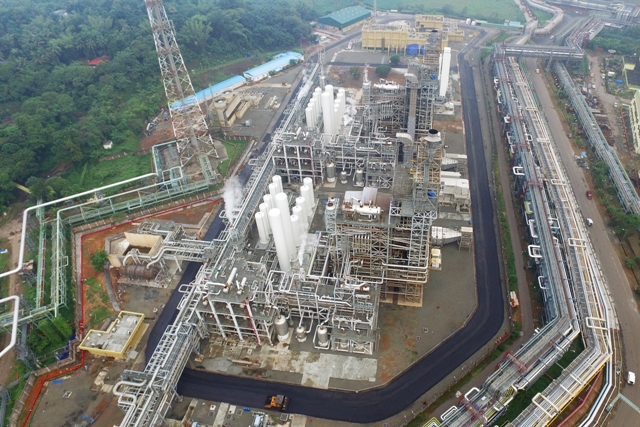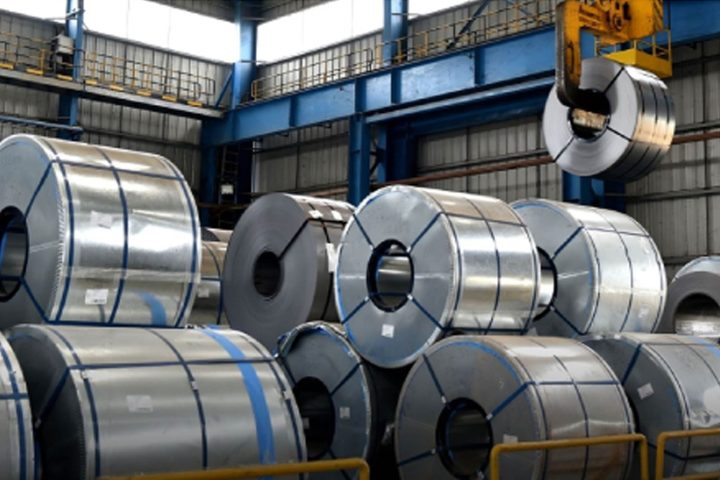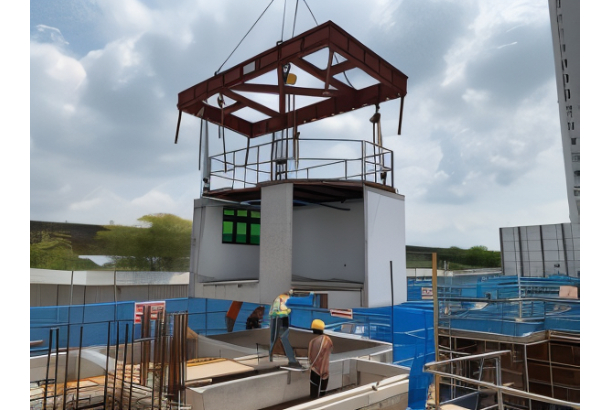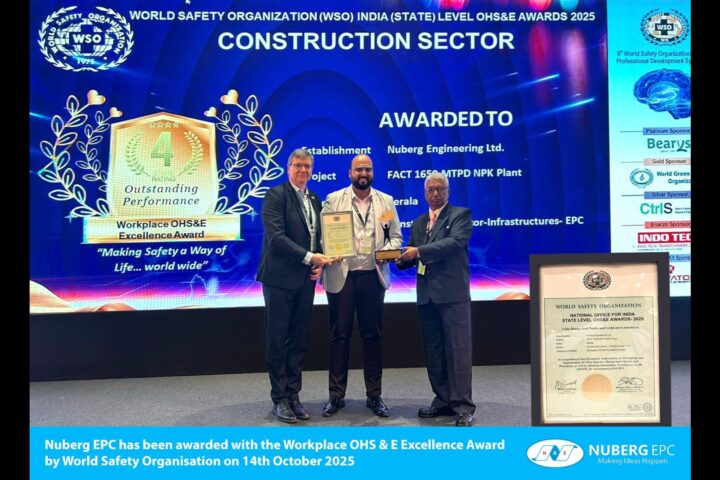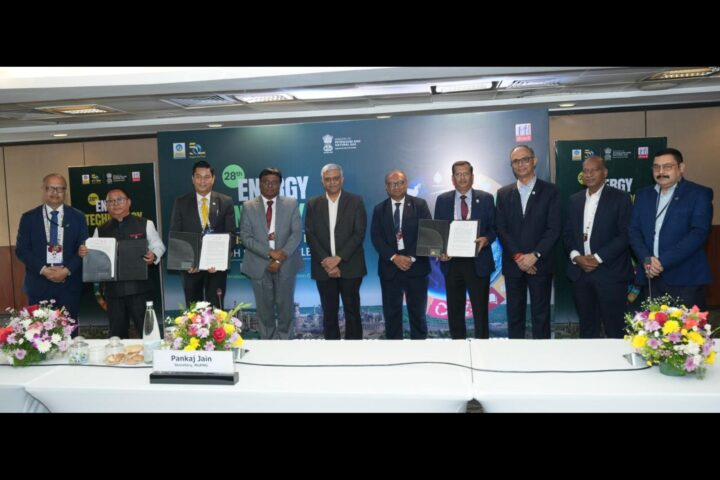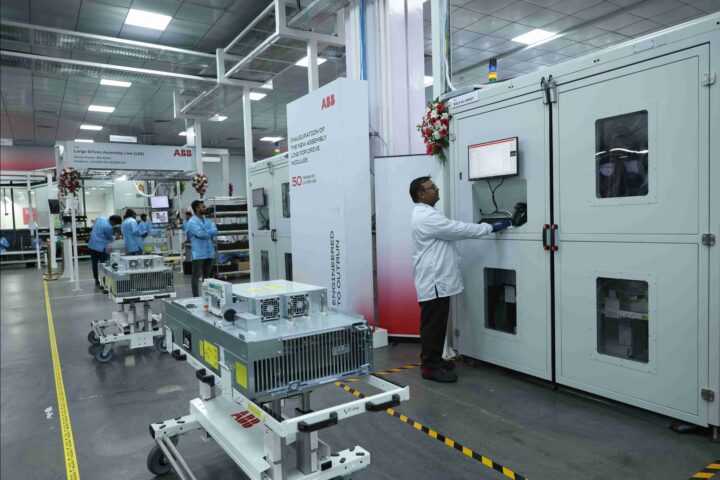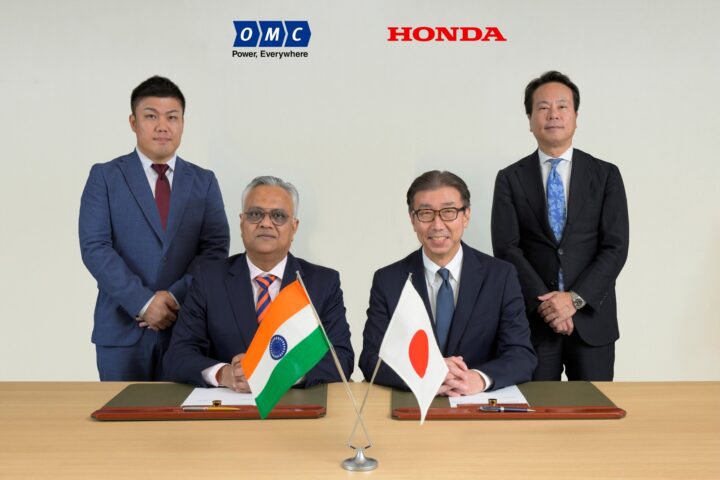by Anand Chordia, Managing Director of Air Products India
Change is constant and adapting to change has been the differentiating factor for successful organizations. Driven by the continuous need to optimize costs and supply chain processes to give them even greater edge, global engineering companies that engage in turnkey engineering, procurement and construction (EPC) projects have constantly explored innovative ways of working. Executing complex projects in multiple centers, using flexible resources around the world, and pioneering ‘round-the-clock’ working, have all enabled them to optimize costs and make maximum use of global time zones.
India has been one of the regions to have explored this new approach and emerged as a preferred choice for engineering services as the country offers skilled talent pool along with an increasingly liberal economy.
The emergence of global engineering centers
India’s evolution into an engineering hub for multi-national engineering companies stems from the early 1990s, with the combined impetus of a relaxation in foreign direct investment regulation, divestment of public sector owned organizations, and the Government of India’s continued focus on developing the country’s infrastructure.
As Indian EPC segments grew to address the domestic needs in sectors such as oil and gas, chemicals, fertilizers, power, railways, highways, and agriculture and pharmaceuticals, an opportunity emerged for multinational companies to invest in global engineering centers.
The in-region presence provided global engineering giants with the ability to tap into India’s sizeable potential market and optimize costs when executing large, complex global engineering projects. Front-end design, basic engineering and key detailed engineering activities were carried out at global headquarters, with truncated jobs transferred to the new, flexible, cost-competitive Indian centers.
Demand increases as confidence grows
The success of this model gave these companies the confidence to develop their Indian centers in a more robust manner and handing over projects at earlier stages of the lifecycle and turning to India for detailed engineering activities.
As the quality of the work and the volume increased, demand for qualified, experienced employees grew exponentially. Indian engineering centers expanded their workforces, supporting their parent company’s headquarters and business centers around the globe, as other parts of the world followed suit, with complex and mega projects in the oil and gas industry, fueling demand for engineering expertise in the Middle East and South East Asia. Indian engineers were among the preferred choice for these new openings.
This also created a growing demand and sharpened the need to invest in engineering graduates and entrust them with bigger roles and responsibilities, contrary to the conventional thinking.
Overall, at this time India’s engineering centers had begun to dominate the global market for key skills in niche fields, such as civil and steel structural engineering, and further opening up opportunities for smaller players specializing in bulk engineering services in specific areas. These companies played an important role in enabling larger Indian engineering companies to outsource and optimize their costs even further.
The expansion into supply chain transformation
With the delivery of engineering services firmly established, the next big step for the Indian engineering centers of these multinational corporations was to begin to leverage cost-competitive fabricators and suppliers from India to support major ventures. Having worked with global suppliers on mega scale global projects, Indian centers were well placed to suggest ways of improving the supply chain. The opportunity for ‘supply chain transformation’ triggered the creation of procurement centers within global engineering bases. These delivered substantial reductions on the cost sheets of major global EPC projects.
By 2010, global procurement teams had begun to expand, with many creating a subset in India, establishing a team of professionals who were fully integrated with world-class supply chain processes.
The concept, as with all new initiatives, brought its fair share of challenges, including heavy specifications, squeezed bidding times, and low strike rates. Preconceptions around quality and delivery commitment of Indian suppliers also had to be overturned.
Appreciatively, the Indian engineering and procurement teams made significant progress, accelerating this journey over the past few years. As a result, the Indian market has seen a quantum leap in export orders. A true reflection of the ‘Think Global, Act Local’ principle behind the success of India’s engineering centers of these global companies.
Continuing the growth trend and opportunity
The supply chain transformation that propagated to all tiers of suppliers in turn increased the demand and boosted employment, with a burgeoning need for qualified inspectors and expeditors to ensure quality, delivery, and logistics.
Over the past few years, many global engineering companies have increasingly sourced from the Indian market – a true measure of success. This has been accompanied by a huge increase in investment in the supply chain, spurred on by tax reforms, export incentives, and further liberalization of foreign direct investment (FDI); supporting the government’s ‘Make in India’ initiative. India’s engineering exports stood at USD 76.3 billion in 2019-20.
The engineering sector has built its credibility over the past three decades and now, Indian suppliers need to match up to world class quality, delivery commitments, logistics, and ramp-up their capacity to undertake mega orders. With a focused effort, some of our renowned domestic suppliers are already seeing success and it is only a matter of time until the world takes note of India’s capabilities. In reaching that point, India will be perfectly poised to be a global supply chain leader, in the same way that engineering and information technology services in India have transformed themselves and now proudly lead.


